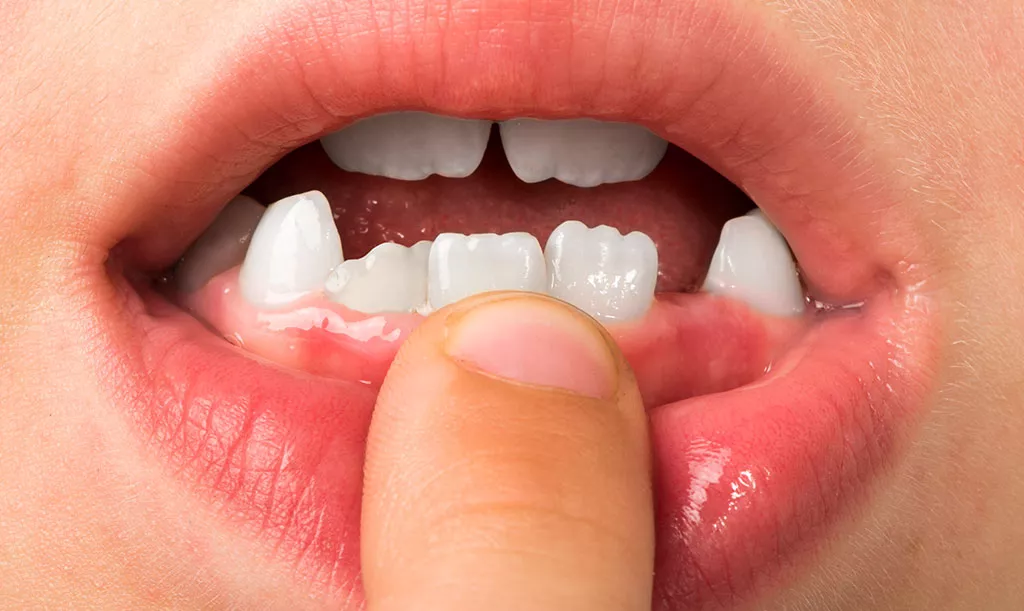Zirconium crowns are a cornerstone of modern dentistry, offering both aesthetic appeal and durability. However, the longevity and success of zirconium restorations depend not only on the material itself but also on choosing the right cementation method. Different cements have distinct advantages, and not every option suits every clinical scenario. This article explores the main cementation options for zirconium crowns and the situations in which each should be preferred.
1. Traditional Cements: Phosphate and Glass Ionomer
One of the oldest methods involves zinc phosphate or glass ionomer cements, historically used in metal-supported crowns.
Advantages:
- Easy to apply
- Tolerant of moisture during placement
- Glass ionomers release fluoride, reducing secondary caries risk
- Cost-effective
Disadvantages:
- Limited bonding strength to zirconia’s smooth surface
- Insufficient retention for short crowns or teeth with minimal mechanical support
- May not provide adequate long-term stability
When to Use:
Best suited for teeth with sound structure and sufficient mechanical retention, where aesthetics are not the main concern. For high-force areas in the posterior region, stronger alternatives are recommended.
2. Resin-Modified Glass Ionomer (RMGI) and Resin-Based Cements
Modern dentistry often favors resin-modified glass ionomer (RMGI) and resin-based cements, which significantly enhance the long-term success of zirconium crowns.
Advantages:
- High bond strength
- Minimizes microleakage
- Color-stable and aesthetically favorable
- Excellent retention for short crowns and weak tooth structures
- Durable when moisture control is properly managed
Disadvantages:
- Technique-sensitive; requires careful isolation
- Some products are more expensive
- Improper application may make removal difficult
When to Use:
Ideal for anterior teeth where aesthetics matter, short crowns, teeth with low mechanical retention, and cases where durability is a priority. Pretreating the zirconium surface (e.g., sandblasting or using a primer) enhances bond strength.
3. Self-Adhesive and Dual-Cure Systems
Self-adhesive resin cements and dual-cure systems have gained popularity due to ease of use and strong bonding, combining chemical and light-curing mechanisms.
Advantages:
- Often eliminates the need for etching or additional bonding steps
- Quick and practical to apply
- Dual-cure ensures complete polymerization in deep areas where light cannot penetrate
- Suitable for both anterior and posterior regions
Disadvantages:
- Bond strength may be lower than traditional resin cements in some cases
- More expensive than conventional cements
When to Use:
Perfect for deep cavities, posterior teeth, or clinical situations where time and practicality are key, while still providing reliable results in aesthetic areas.
Conclusion
The success of zirconium restorations relies not only on the material but also on selecting the right cement.
- Traditional cements: Simple and economical
- Resin-based cements: Strong bonding and long-lasting results
- Self-adhesive / dual-cure systems: Practical and reliable
Ultimately, the choice depends on the tooth’s condition, crown location, aesthetic expectations, and chewing forces. A qualified dentist’s decision ensures that zirconium crowns remain durable, functional, and aesthetically pleasing for years.
This article provides general information only. Individual treatment may vary, and consultation with a qualified dentist is essential. These materials are not a substitute for professional medical advice.











